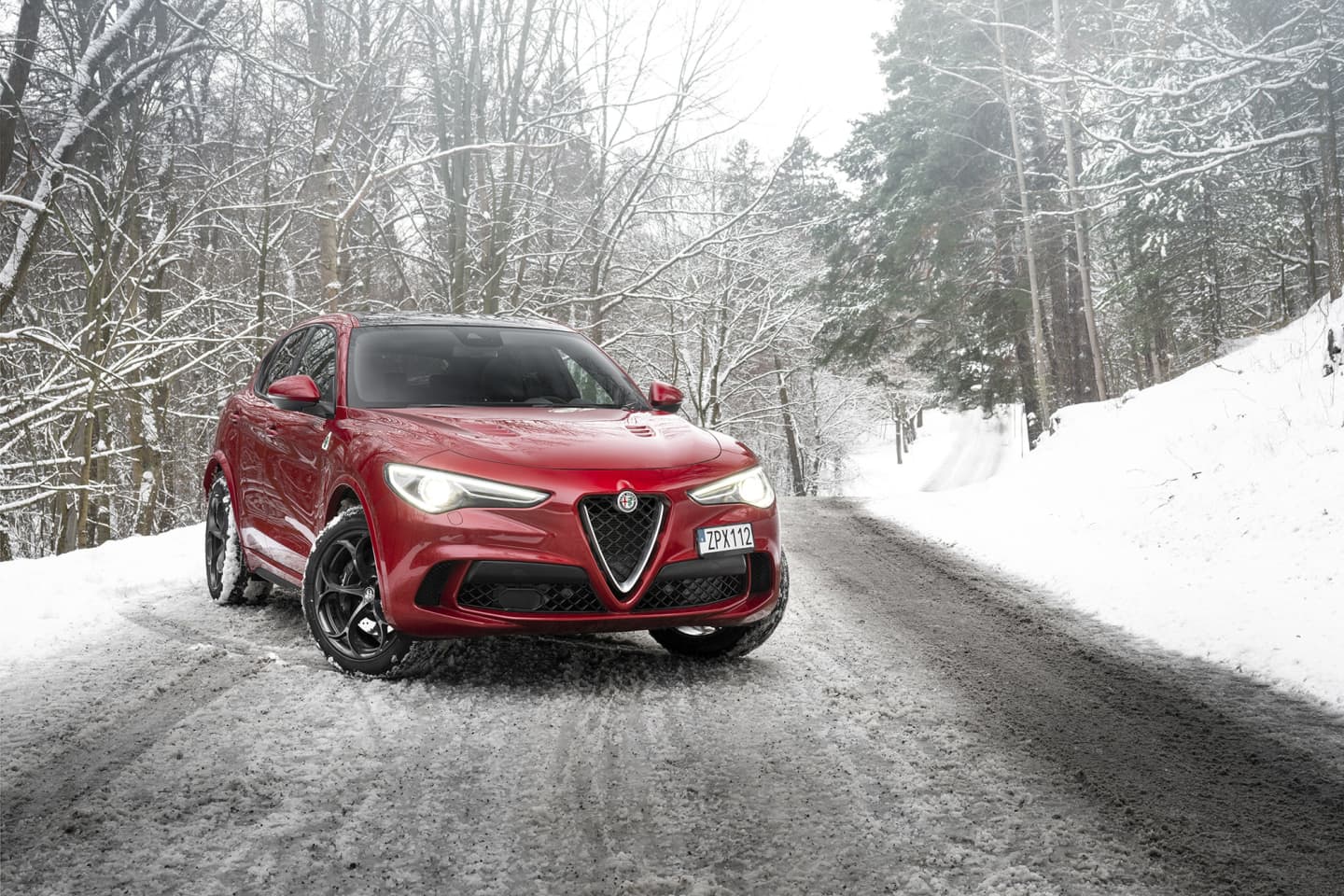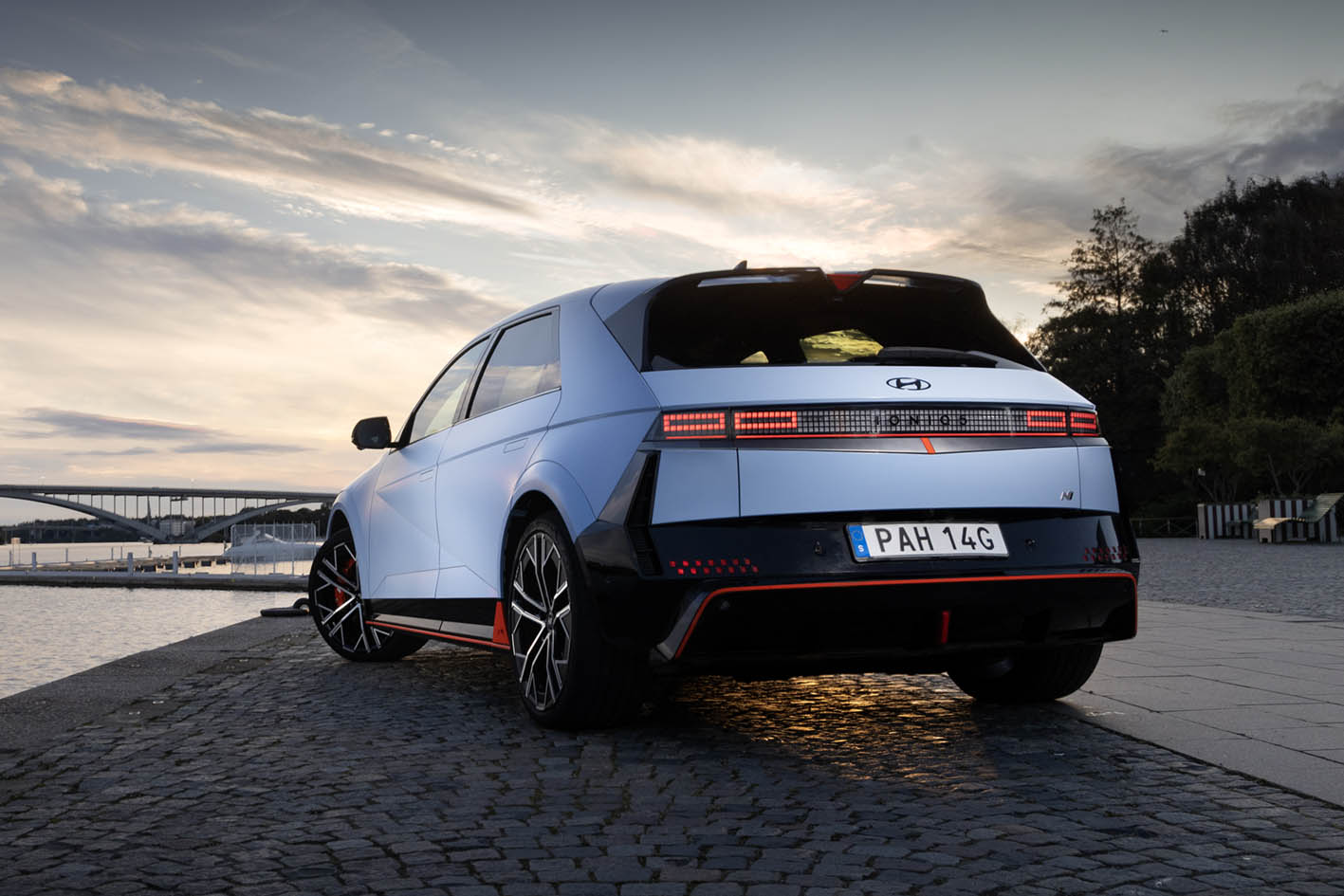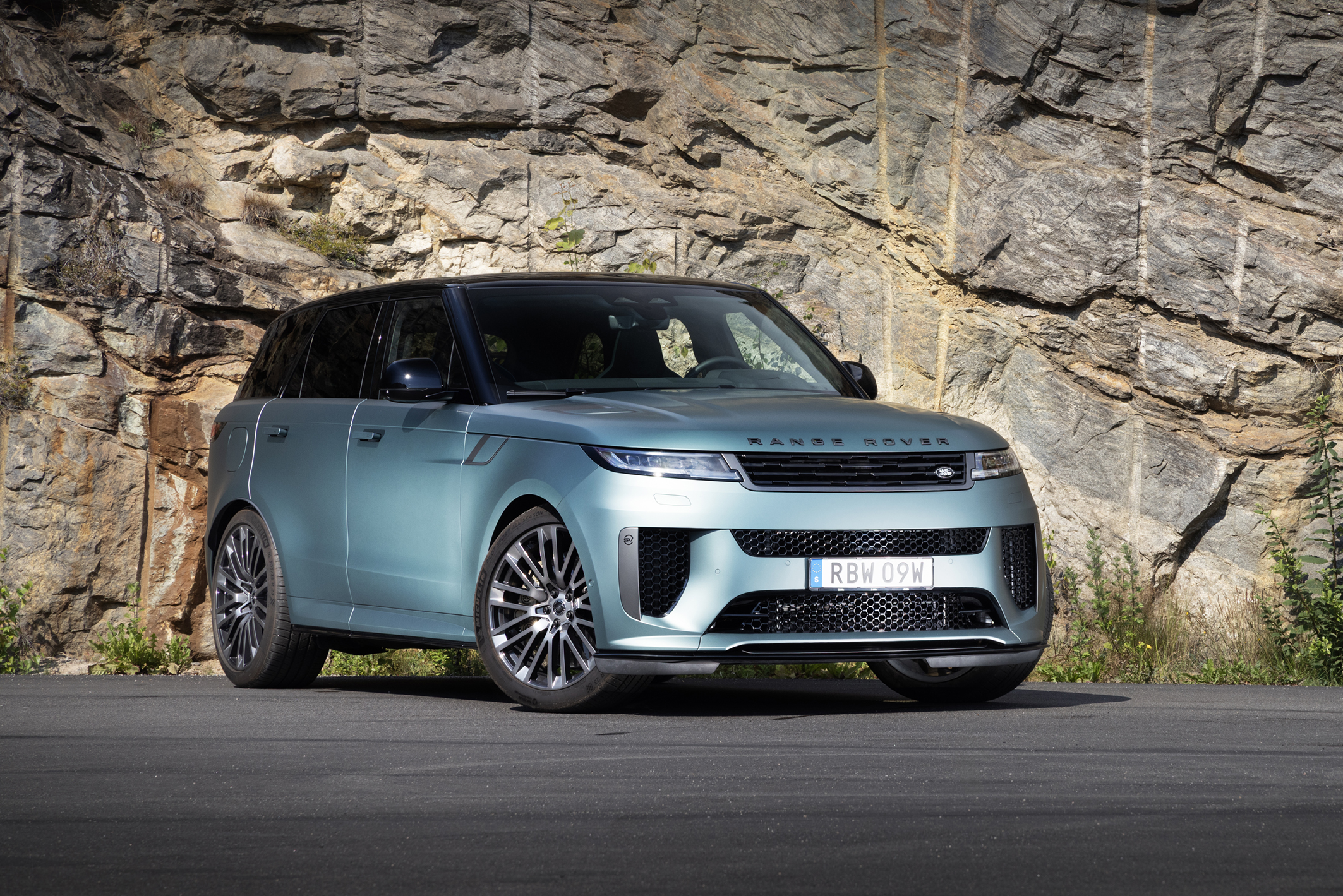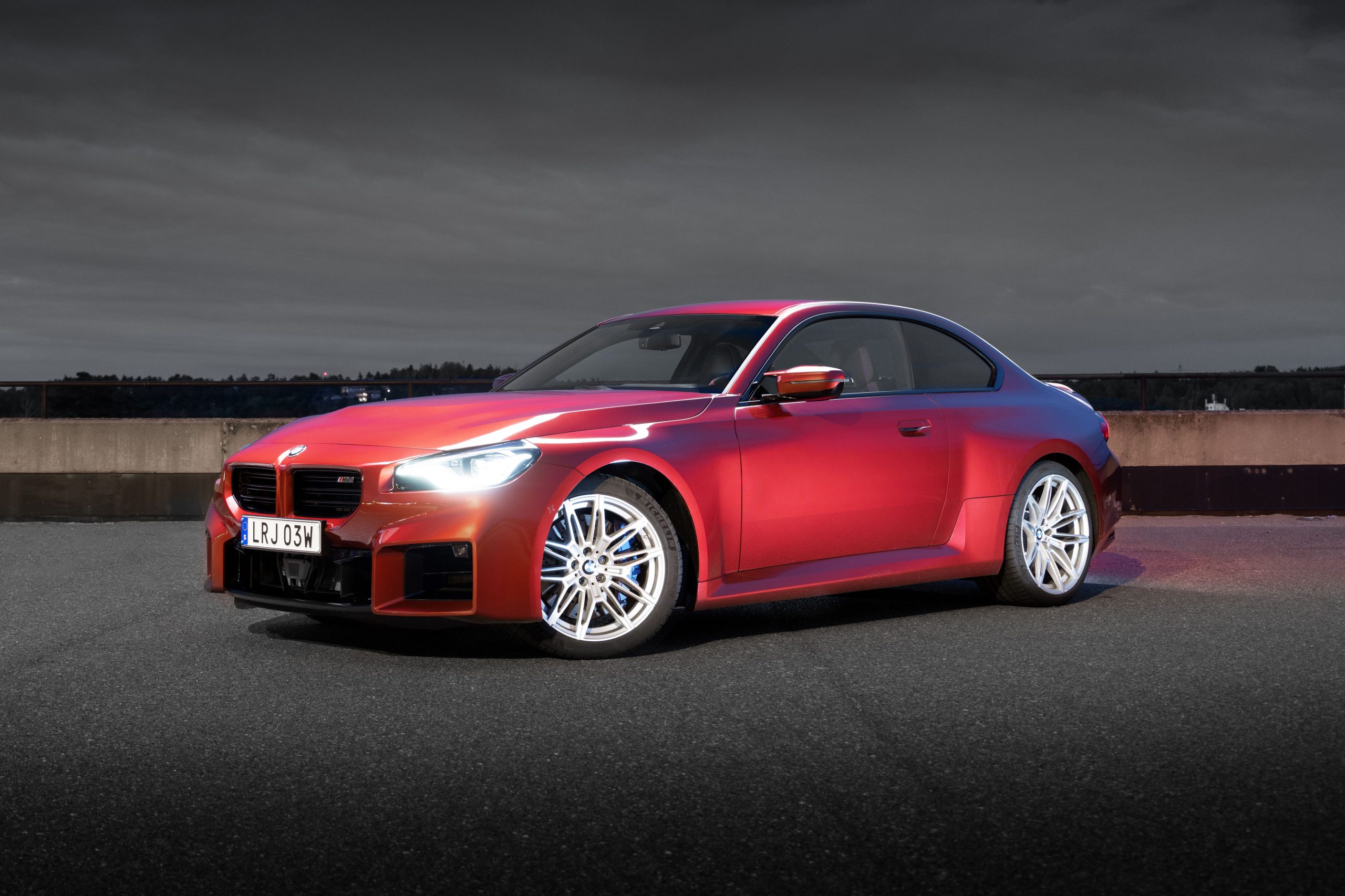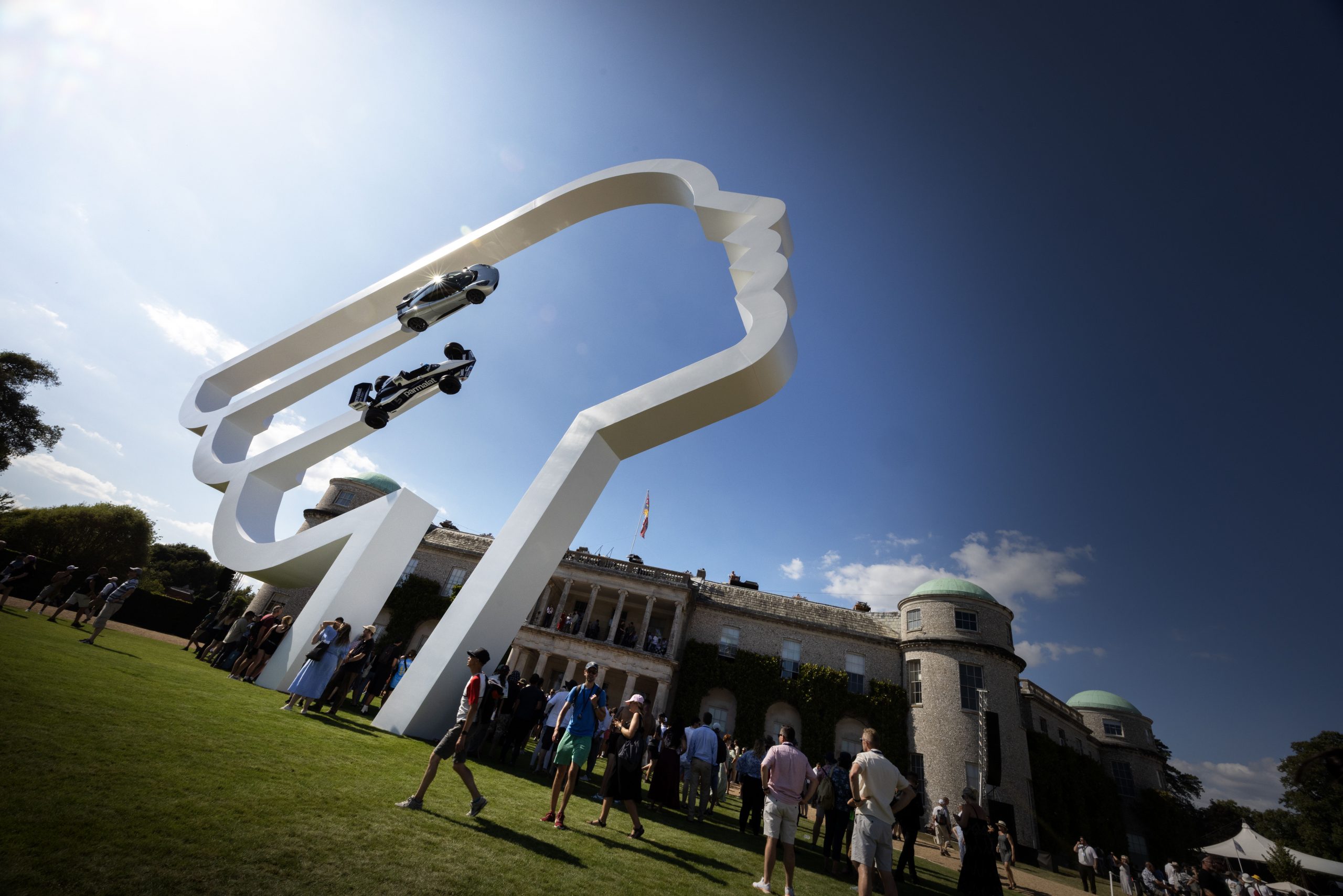The article was originally produced on March 15, 2019, some facts and prices may have changed since then.

The classic Italian brand Alfa Romeo has really undergone an uplift in recent years. The Stelvio model is one of the models that brought the brand forward, with the four-leaf clover emblem on the side.
Adding an SUV to their model lineup has been a recipe for success for many car brands. And just like with other long-standing brands’ loyal customers, the decision was certainly not unanimously positive when it was made at Alfa Romeo.
The concept version of the Stelvio was called the Kamal Concept Car and was shown in 2003
However, it took a full thirteen years before the finished version of the Stelvio would see the light, something that was done in connection with the motor show in Los Angeles in 2016. In 2017, the sportier version Quadrifoglio was presented, which is the car that is on our menu today. The quadrifoglio symbol has ancient origins and the clover mark has always been on Alfa’s high-performance models. The first time the quadrifoglion was used was in 1923 when it was on the cars of the Alfa stable that participated in the ancient Targa Florio, a very demanding road race in Sicily.

Why the brand has suffered in recent years is due to various factors, including a lack of quality and suppliers who did not do their job. The fact that they built beautiful cars, on the other hand, is something that Alfa Romeo can stand for with a clear conscience. To name a few that passed and sat a little extra on the retina, classic models such as the 6C 2900, Giulietta, Giulia, Alfetta, GTV6, 164 and 8C Competizione can be mentioned.
Whether you can call the Stelvio Quadrifoglio beautiful is up to everyone, but I can attest that it is tough. The lumpy and aggressive look with its narrow headlights and large triangular grill (scudetto) in classic Alfa style gives an absolutely tough look. Even the high rear section with the four exhaust pipes commands respect. And about being tough, we haven’t even gotten to the point about what the sound sounds like coming out of those tailpipes. But let me come back to that later.
The engine in the Stelvio Quadrifoglio is a turbocharged V6 that has been boosted to 510 horsepower and 600 newton meters of torque. You could say it was developed by Ferrari but that is not quite true. The truth is that the man behind the engine, Leonardo Guinci, who is considered a legend, used to work at Ferrari before joining Alfa Romeo in 2013.

The power from this machine goes via an 8-speed automatic transmission to all four wheels. The combination of engine and gearbox allows the car to accelerate from standstill to 100 km/h in just 3.8 seconds. The top speed is reached when the meter shows 283 km/h. To make the Stelvio Quadrifoglio as versatile as possible, it, like most other cars these days, has different driving programs that adapt the character of the car to different environments and situations.
The Alfa DNA Pro system affects the engine’s response, chassis, steering, gearbox, engine noise and the car’s stability system




You can choose between four different modes which are Efficiency, Neutral, Dynamic and Race. In Efficiency mode, consumption is reduced thanks to cylinder deactivation (ACT), while in Race mode, the Stelvio Quadrifoglio is ready to take on any race track and indeed with good results. So good even that the lap record for production SUVs at the Nürburgring was seized with a time of 7 minutes and 51 seconds. However, these times don’t usually last that long and now it’s Mercedes that sits on the fastest time with its AMG model GLC63s.
For the winter weather here at home, the Dynamic mode is perfect. Thanks to the car’s relatively short wheelbase, it is easy to keep track of even when going wide. However, the car’s system will step in and help if it goes too wide and you are about to lose control. Something that will not happen in the Race mode, as you get full responsibility over the car.

But then there was that thing with the sound from the pipes in the back. Already in Neutral mode, the Stelvio Quadrifoglio differs from the sound of other cars, but not so noticeably. However, when you put it in Dynamic mode, it becomes even more obvious that this is something other than a standard car. As soon as you touch the gas pedal, the engine comes to life and if you give it full throttle, the engine song becomes an Italian howl instead. When you shift gears and have full throttle, a loud clattering sound arises from the exhaust pipes. Every time you downshift or when you let off the gas, there is a bang of unburned gasoline left in the exhaust system. You can’t help but sit and enjoy when an Italian musical experience like this is played from the exhaust pipes.
If the Stelvio was a wise decision by Alfa Romeo’s management to put into production, there is no doubt. And whether the late Quadrifoglio is part of this is debatable. But for those of us who like fast, loud cars that should also function on a daily basis, it was absolutely the right decision.
Alfa Romeo Stelvio Quadrifoglio
| Basic price | From 830,000 kroner |
| Engine | 2.9-liter V6, bi-turbo. Power: 510 hp. Torque 600 Nm |
| Transmission | Front engine 8-speed automatic, four-wheel drive. |
| Acceleration | 0-100 in 3.8 seconds |
| Top speed | 283 km/h |
| Fuel consumption mixed driving according to the manufacturer | 0.9 l/mile |
| Weight | 1,830 kg |
| Guarantees | New car 5 years, rust 12 years, paint 5 years |
| Web | www.alfaromeo.se |
